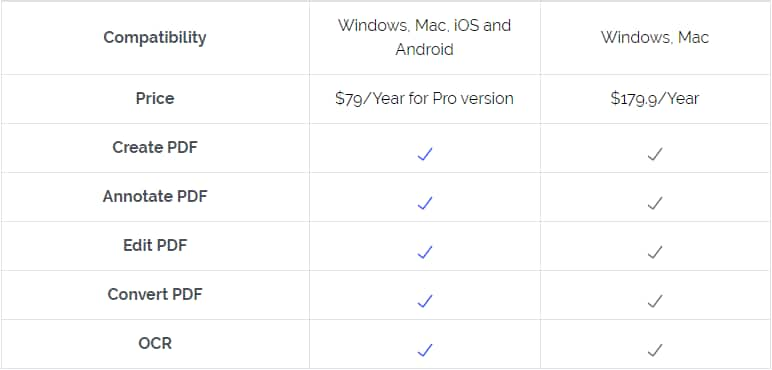
Similarly, you cannot repurpose the HTML or convert it to a mobile app (which you could easily do with the actual HTML files). Since you don’t have access to the files, you also cannot customize them in any way. You cannot put it directly on your site (though you can embed it inside of a container).Īdobe can choose to remove or alter your content at any time. Publish Online content only lives on Adobe’s servers. With a single step, your interactive document is sent to Adobe’s servers and you’re given a URL (web address) where your content can be viewed online. The quick and simple nature makes Publish Online a great tool for client and internal review. It’s been in “preview” mode since 2015, so the future of this option is unclear, but it is super easy to use. Publish Online is a “technology preview” from Adobe. The reader app controls the page transitions and the overall experience. IBooks, for example, has a habit of blocking outside content (or even inside content that appears to be outside content). Cons of FXL EPUBĮPUB readers are inconsistent in what they support. This makes it easier to email your digital content and, in some cases, easier to sell your content in a marketplace (such as the iBooks Store). epub) that can be (fairly) easily read like a PDF. The EPUB is the only HTML option that produces a single distributable file (an.

InDesign lets you export FXL EPUB via File > Export. Creating a FXL EPUBĪn EPUB is essentially a zipped-up folder of HTML that can read by an EPUB reader app (like Apple iBooks or Adobe Digital Reader). If you want to go even deeper into interactivity beyond a PDF, including with example files, check out the Creating Your First Interactive Document video course.Īny of the HTML options in this article will then export this InDesign-based interactivity, so let’s look at each of those options in more detail. Scrollable Frames are supported via the Universal Scrolling Frames panel.Animation, Button actions, and Object States can be created with InDesign’s built-in panels.HTML embeds (like YouTube, Google Maps, Twitter feeds, etc) can be pasted onto the page or inserted via Object > Insert HTML.Video and animated GIFs can simply be placed in InDesign using File > Place.The tools are visually-oriented and easy-to-use, so you don’t have to know any code. It’s rather straight-forward to create interactivity with InDesign. I’ve detailed three ways to export HTML from InDesign (included in the video above as well).Įach of these solutions is HTML at its core.
Change pdf to black and white in adobe acrobat 2015 how to#
How to create interactive HTML from Adobe InDesign

The introduction of smartphones and tablets-almost none of which now support Flash-and a slew of new PDF readers, essentially guarantee that interactive PDF features will not work when your clients view your PDFs.

*Video was supported previously in Acrobat and Adobe Reader, but it was dependent on the Flash Player (which no longer comes bundled with the Adobe apps).



 0 kommentar(er)
0 kommentar(er)
